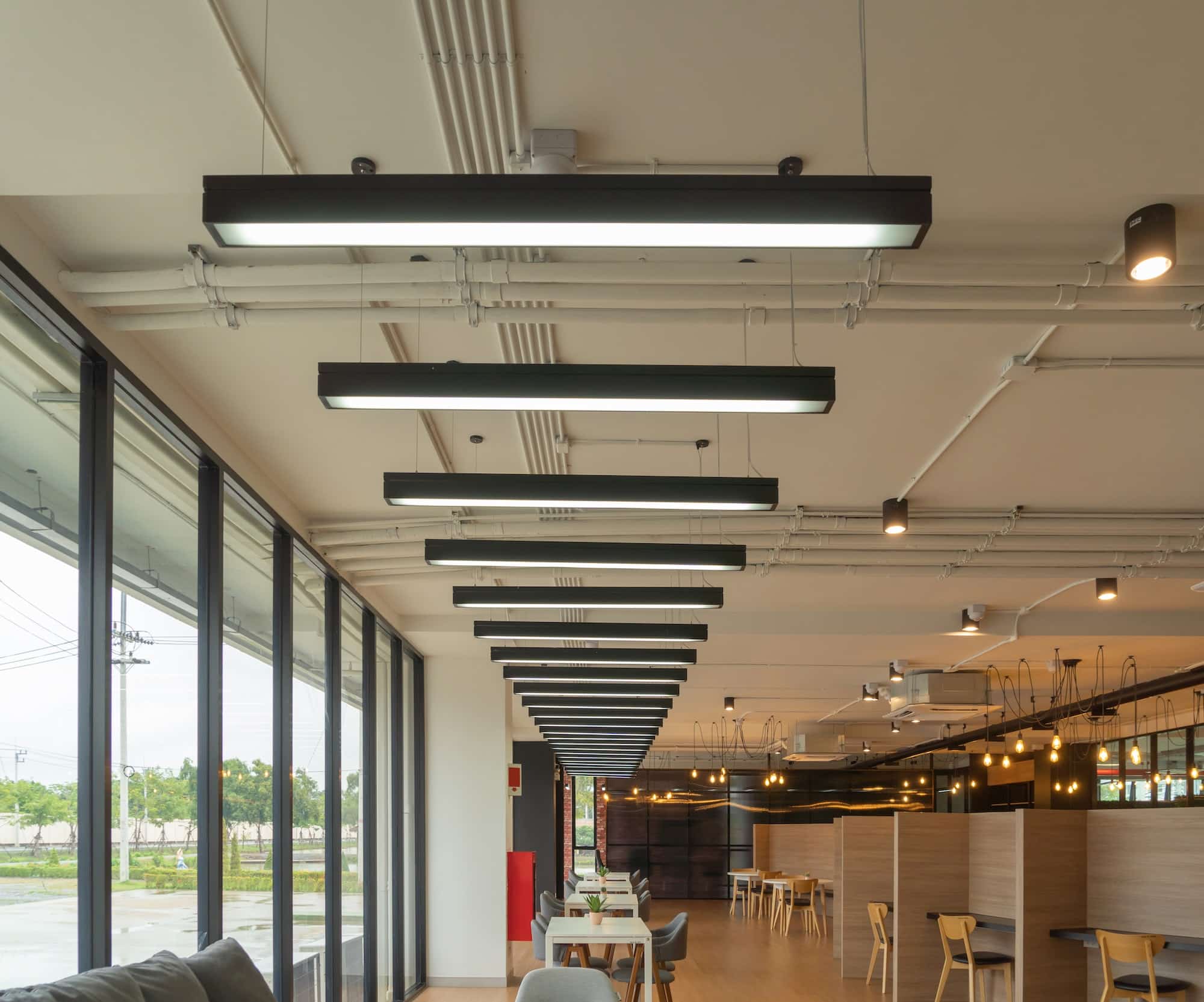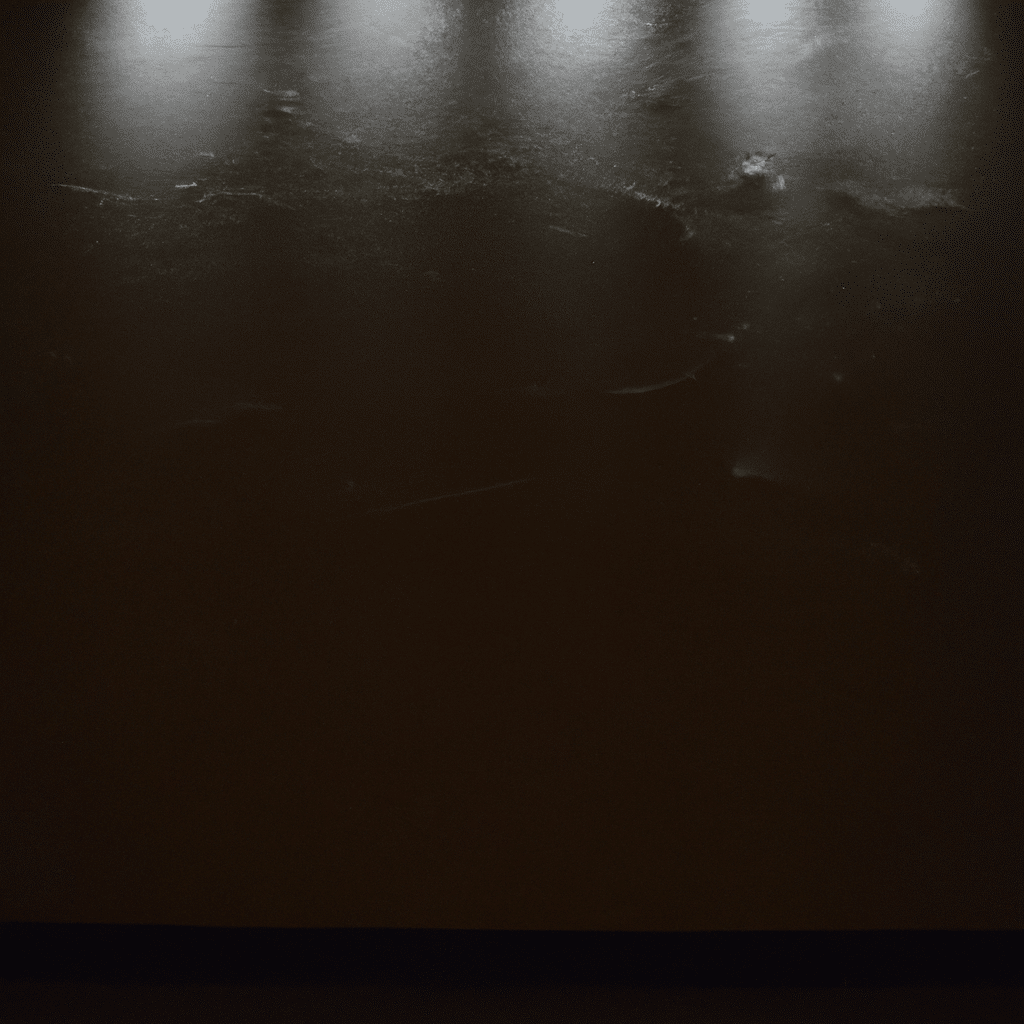
Lighting plays a crucial role in the workplace. It can affect our mood, health, and productivity. In this article, we will explore the surprising link between lighting and workplace productivity.
Modern simple and ceiling lamp decoration in a meeting room. Lighting strips. Office building.The Importance of Lighting in the Workplace
Lighting is an essential aspect of office design. It can affect our mood, health, and performance. A well-lit workplace can improve employee productivity, reduce errors, and boost morale. On the other hand, poor lighting can cause eye strain, headaches, fatigue, and even depression.
The Science of Lighting
Lighting affects our circadian rhythm, which regulates our sleep-wake cycle. Exposure to bright light in the morning can help us wake up and feel alert. Similarly, dim lighting in the evening can signal our body to prepare for sleep. In the workplace, natural light is the best source of lighting. It provides a range of wavelengths that regulate our circadian rhythm and boost our mood. However, not all workspaces have access to natural light, and that’s where artificial lighting comes in.
Types of Lighting
There are various types of lighting used in the workplace, including:
1. Fluorescent Lighting
Fluorescent lighting is the most common type of lighting used in offices. It is energy-efficient and provides bright light. However, it can cause eye strain, headaches, and fatigue, especially if the bulbs are old or flickering.
2. LED Lighting
LED lighting is becoming increasingly popular in the workplace. It is energy-efficient, long-lasting, and provides bright light. It also comes in a range of colors, which can affect our mood and performance.
3. Incandescent Lighting
Incandescent lighting is the least energy-efficient type of lighting. It provides a warm, cozy light that can be relaxing. However, it can cause eye strain and fatigue, especially if used for extended periods.
The Impact of Lighting on Productivity
Lighting can have a significant impact on workplace productivity. A study by the American Society of Interior Designers found that 68% of employees complain about the lighting in their office. Poor lighting can cause eye strain, headaches, and fatigue, which can reduce employee productivity and increase the risk of errors.
On the other hand, well-designed lighting can improve employee performance and morale. A study by the University of Greenwich found that employees who worked in a well-lit office had better cognitive function, were more alert, and were more productive.
Tips for Improving Workplace Lighting
Here are some tips for improving workplace lighting:
1. Use Natural Light
If possible, use natural light in the workplace. It provides a range of wavelengths that regulate our circadian rhythm and boost our mood. If your workspace doesn’t have access to natural light, consider installing skylights or light tubes.
2. Use Task Lighting
Task lighting is lighting that is designed for specific tasks, such as reading, writing, or computer work. It can reduce eye strain and improve productivity. Consider using desk lamps, under-cabinet lighting, or overhead task lighting.
3. Use Adjustable Lighting
Adjustable lighting allows employees to customize their lighting to their needs. Consider using dimmer switches, adjustable lamps, or color-changing bulbs.
4. Use Lighting Controls
Lighting controls allow employees to adjust the lighting in their workspace. Consider using occupancy sensors, daylight sensors, or timers to control lighting.
Conclusion
Lighting plays a crucial role in the workplace. It can affect our mood, health, and productivity. A well-lit workplace can improve employee performance, reduce errors, and boost morale. On the other hand, poor lighting can cause eye strain, headaches, fatigue, and even depression. By following the tips outlined in this article, you can improve workplace lighting and create a more productive and healthy workspace.



